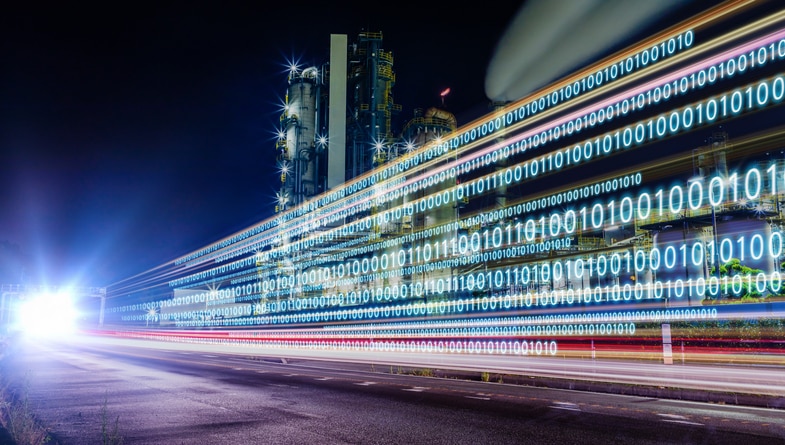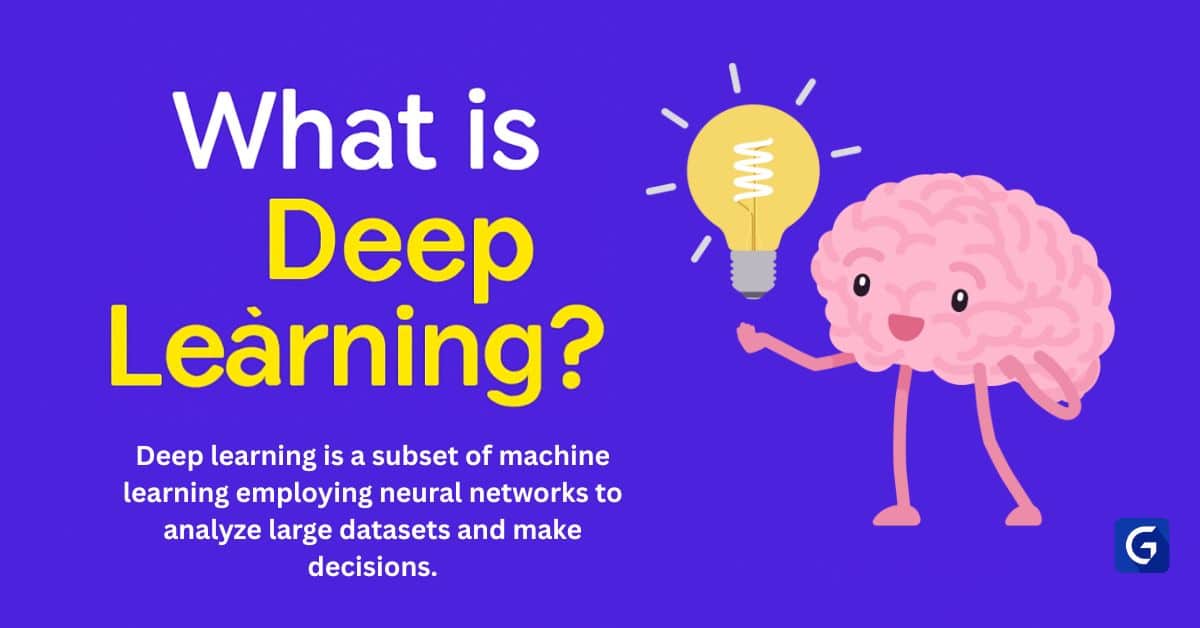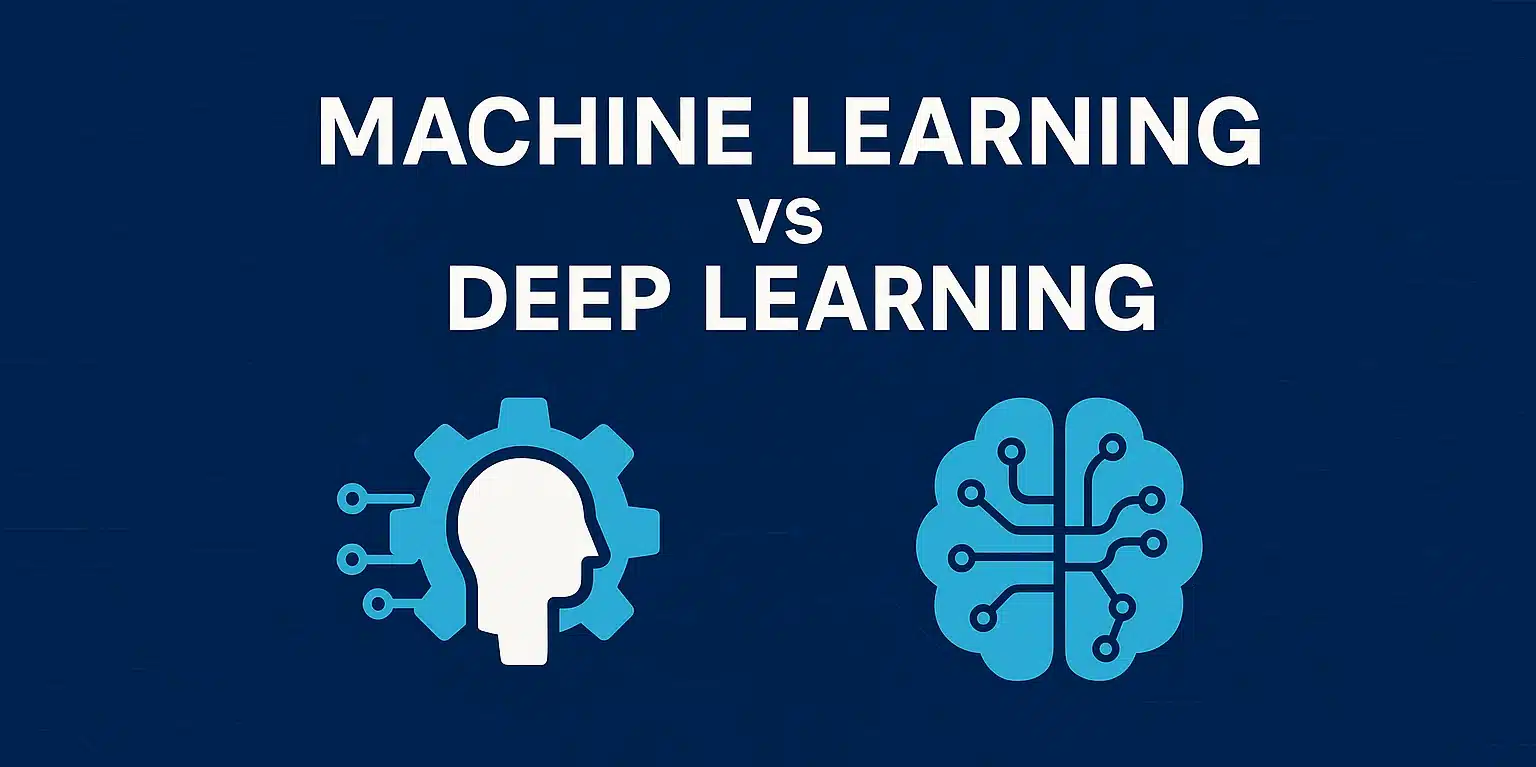Each high-definition photo and video originates from advanced data interpretation procedures that shape and restructure visual information. Image processing is the foundation of scientific methods, transforming unstructured images into ready-to-analyze and decision-making compatible formats.
This article evaluates various image processing techniques through illustrative real-world examples of their everyday applications.
What Is Image Processing?
Image processing includes using images to enhance quality while extracting vital information. Image processing is divided into two categories: analog image processing, which handles continuous signals and physical devices, and digital image processing, which relies on algorithms to enhance and transform digital images.
Key Differences between Analog Image Processing and Digital Image Processing
| Feature | Analog Image Processing | Digital Image Processing |
| Signal Type | Processes continuous two-dimensional signals using electrical or optical means. | Processes discrete digital signals represented as pixel matrices. |
| Representation | Varying voltage levels represent images, corresponding to the intensity of light. | Images are represented as arrays of pixels with quantized intensity values. |
| Processing Method | Utilizes analog components like lenses and filters to manipulate images. | Employs algorithms and software to perform operations on digital images. |
| Flexibility | Limited modifications require physical changes to the system. | Highly flexible, algorithms can be easily modified or updated. |
| Noise Susceptibility | High analog signals are more prone to degradation from noise and interference. | Low; digital signals can be processed to reduce noise and errors. |
| Storage | Requires physical media, such as photographic film; storage is bulky and less durable. | Stored digitally on various media, allows for efficient, long-term storage and easy retrieval. |
| Editing Capabilities | Editing is challenging and often results in a loss of quality. | Offers extensive editing capabilities without degradation of image quality. |
| Processing Speed | Generally slower due to mechanical and electrical limitations. | Faster processing is enabled by advanced computing power and optimized algorithms. |
| Cost | Lower initial cost for simple applications, but higher maintenance and operational costs. | Higher initial setup cost but more cost-effective over time due to scalability and automation. |
| Application Areas | Used in traditional photography, television broadcasting, and some medical imaging systems. | Widely applied in medical diagnostics, remote sensing, surveillance, and multimedia applications. |
Common Types of Images in Processing
1. Binary Images (Black and White)
Description: Binary images function as the fundamental image type because they have only two colors, which makes them essential binary units. The image contains single-digit pixels, where a black pixel value is represented as zero and a white pixel value is represented as one.
Use Cases: Binary images serve the user scenario that demands specific identification of objects from backgrounds while carrying out Optical Character Recognition (OCR) operations, document scanning, and shape recognition requirements.
Example: The image features black text on a white background, consistent with its scanned document format.

2. Grayscale Images (Shades of Gray)
Description: The representation of light intensity through images features shades from complete black at zero intensity to full white at 255 intensity in 8-bit images. A single numerical value represents the brightness value stored in each pixel.
Use Cases: The wide application of grayscale images is particularly prevalent in medical imaging and tasks involving satellite imagery and image analysis that require omitting color information.
Example: A grayscale photograph where different shades of gray represent varying light intensities.

3. Color Images (RGB, CMYK)
Description: An image contains several channels to display different color values. The most common models are:
The RGB model employs red, green, and blue primary colors, which it mixes to produce a range of colors. Each pixel comes equipped with three numerical values that represent the channels.
CMYK (Cyan, Magenta, Yellow, Key/Black) is used for color printing by combining ink quantities of cyan, magenta, yellow, and black substances.
Use Cases: These applications depend on Use Cases to display rich color representation, including digital photography and television, web graphics, and printing.
Example: The photographic data represents colorful data by encoding each pixel's red, green, and blue components.

Key Image Processing Techniques
1 Image Enhancement
This application serves two functions: it enhances image appearance and makes essential features easier to interpret.
Techniques include:
- Contrast stretching (e.g., histogram equalization)
- The noise reduction process can be achieved by applying Gaussian or median filters.
- Sharpening and edge enhancement
- Brightness and color adjustments
Example: Satellite imagery undergoes enhancements to distinguish between urban and rural areas.

2. Image Restoration
System architecture focuses on restoring degraded images affected by noise and motion blur, while addressing issues related to camera misfocus.
Techniques include:
- Inverse filtering
- Wiener filtering
- Blind deconvolution
Example: Restoring damaged CCTV footage enables the recording of more precise details.

3. Wavelet Processing
Multiple resolutions of an image must be analyzed to perform tasks such as compression and denoising, as well as extracting features from images.
Key features:
- The process splits image components using wavelet-transformed systems.
- The system preserves both frequency details and the accidental location position of data points simultaneously.
- Its design makes the system suitable for identifying patterns or anomalies within the data.
Example- The technology finds its applications in JPEG2000 compression systems and medical image examination tasks, where it helps maintain image details.

4. Morphological Processing
Purpose: Focuses on the shape or structure of objects within an image, especially in binary and grayscale images.
Basic operations:
- Dilation: Expands object boundaries
- Erosion: Shrinks object boundaries
- The opening and closing operations eliminate extraneous noise without affecting the original shape of objects.
Example- Digital images undergo cellular extraction, then enumeration as part of the example process.

How Image Processing Works: A Step-by-Step Overview
1. Image Acquisition

Image processing begins with capturing pictures through digital cameras, sensors, and scanners. The digital conversion converts the acquired image into a pixel matrix structure.
An image acquisition step creates the basic framework that powers all image-based systems, including those used for surveillance, medical imaging, and satellite vision.
2. Preprocessing

In image preprocessing, the image goes through modifications aimed at quality enhancement while preparing it for analysis. Techniques such as noise reduction, contrast enhancement, resizing, and normalization form a part of this phase.
Real-world workflows, including object detection and facial recognition, depend fundamentally on this initial set of tasks. At the Free Image Processing Projects Course, learners can experience real-world use of these techniques through scenarios focused on edge detection, together with background removal.
3. Image Segmentation

Image segmentation transforms images into separate regions of their parts, enabling object detection from background elements. Digital image segmentation processes are implemented through thresholding methods, clustering systems (K-means), and edge detection techniques.
The segmented output serves essential functions in processes that include medical diagnostics (tumor detection) and industrial inspection systems.
Understanding these techniques is vital in a free digital image processing course as learners study transformations, filtering, and morphological operations that enable image segmentation.
4. Feature Extraction

The subsequent operation following segmentation is extracting distinctive features, including corners, edges, textures, and shapes from the image.
Such compact form-based representations offer valuable information for classification needs, pattern recognition, and understanding scenes.
Due to increasing image complexity, traditional feature extraction receives additional support from deep learning techniques.
Free foundation courses like Introduction to Deep Learning teach about Convolutional Neural Networks (CNNs), which learn features while automatically discovering hierarchical patterns.
5. Image Classification and Interpretation

The output features move through classification models that reveal what the image presents. During analysis, the system must identify various elements such as digits, faces, traffic signs, or emotional expressions.
Modern neural networks perform their functions by utilizing training on big databases to accomplish multiple tasks. Introduction to Neural Networks and Deep Learning is the initial course for beginners who want to understand how layered artificial neural systems enable accurate image classification.
6. Post-Processing and Output Generation

Post-processing concludes the process with result refinements, including output smoothing, object labeling, and image reconstruction in selected formats.
The output and processed images from the system become available for use in applications ranging from real-time systems to databases or robotics and augmented reality.
For professionals aiming to apply these concepts on an enterprise scale, integrating image processing with AI systems is a core component of broader learning paths like the Master Artificial Intelligence, where topics like computer vision, deep learning, and model deployment come together in one cohesive framework.
Use Cases of Image Processing
| Domain | Use Case | Application of Image Processing |
| Healthcare | Medical Imaging | Enhances MRI, CT, and X-ray images; enables tumor detection, organ segmentation, and disease diagnosis. |
| Automotive | Self-Driving Cars | Identifies lanes, pedestrians, traffic signs, and obstacles through real-time image analysis and segmentation. |
| Security & Surveillance | Facial Recognition | Uses feature extraction and pattern matching to identify individuals for authentication and surveillance. |
| Agriculture | Crop Monitoring | Processes drone or satellite images to assess crop health, detect diseases, and optimize yield. |
| Retail | Customer Behavior Analysis | Analyzes foot traffic, facial expressions, and gestures using camera feeds to personalize customer experience and layout optimization. |
| Manufacturing | Quality Inspection | Detects defects, scratches, or inconsistencies on products using visual sensors and image enhancement techniques. |
| Entertainment | Augmented Reality (AR) and Filters | Tracks facial landmarks and background segmentation to apply real-time AR effects in apps like Snapchat and Instagram. |
| Education | Smart Classrooms | Integrates gesture recognition and object tracking for interactive learning environments and content engagement. |
| Environmental Science | Remote Sensing | Uses satellite image processing to monitor climate change, deforestation, and natural disasters. |
| Banking & Finance | Cheque and Document Scanning | Enhances and extracts textual content from scanned financial documents using OCR (Optical Character Recognition). |
| Real Estate & Urban Planning | Satellite Mapping | Processes aerial imagery for mapping, land use classification, and infrastructure planning. |
| Robotics | Object Detection and Navigation | Helps robots detect, identify, and interact with objects using camera-based visual input combined with segmentation and classification. |
Conclusion
Machines need image processing technologies to interpret visual data and execute appropriate actions in various industrial sectors. The technology has broad practical uses that continue to grow, including medical diagnostics enhancement, self-driving car functionality, and intelligent surveillance operation. The advancement of technology demands mastery of image processing methods for innovation and the construction of smart systems.






